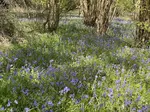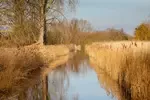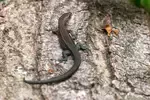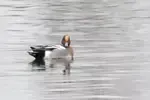- Home
- Walks
- Cambridgeshire walks
- Grafham Water
Grafham Water Nature Reserve Walks
Have you ever been drawn to a place that's equal parts beautiful and brutal?
For me, that place is Grafham Water reservoir in Cambridgeshire.
Its serene surface belies a challenging nine-mile circular walk that has left many hikers, including myself, humbled and exhausted.
Yet, I'm not alone in my fascination with this Site of Special Scientific Interest.
What is it about Grafham Water that lures us in with its promise of natural beauty, only to test our limits?
Seasons of Wonder
For decades, this reservoir has been a magnet for those seeking refuge from the chaos of daily life.
As I step into its serene surroundings, I'm greeted by an aerial spectacle – swifts performing daring stunts overhead, their summer arrival a thrilling harbinger of warmer days.
Whether you're a sailor, a hiker, or simply someone who loves the great outdoors, this enchanting destination has something for you whatever the time of year.
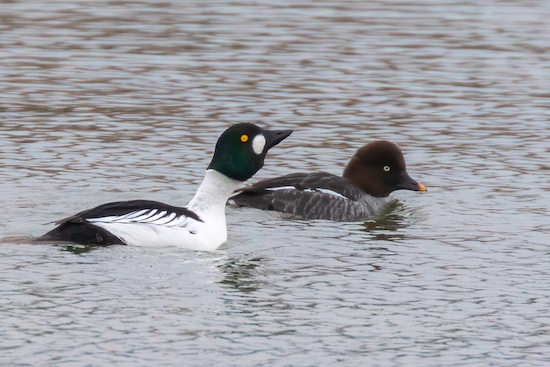 Male (left) and female Goldeneye
Male (left) and female GoldeneyeWhat's the most magical time of year to visit?
While many would argue it's the warmth of summer or the golds and oranges of autumn, winter has its own secret charm.
Take, for instance, the striking Goldeneye drakes. With their sleek black and white feathers, they're a sight to behold as they throw their heads back in an elaborate courtship display.
But the allure of Grafham Water doesn't stop there. Every season brings new and exciting discoveries in the ever-changing world of nature.
A Reservoir Turned Nature Reserve
Grafham Water reservoir, has been supplying water to Milton Keynes since 1964. But it's more than just a reservoir - it's also home to an 80-hectare nature reserve that's teeming with life.
Opened by Sir Peter Scott in 1968, the reserve has been carefully managed by Anglian Water and the Wildlife Trust since 1986 to create a thriving ecosystem.
But what makes this place so special, and how do its managers balance the needs of both people and wildlife?
By allowing cattle to roam freely on the grasslands, they create a natural cycle of growth and renewal, which is then harvested as hay.
But that's not all - the Trust also carefully maintains the scrubland to provide a safe haven for nesting birds, while removing non-native trees to give native species the space they need to thrive.
Habitats Galore
With its unique blend of mudflats, woodlands, and wetlands, this stunning landscape is home to a wide variety of wildlife.
But Grafham Water is more than just a pretty face – it's also a hub of activity, with bike rentals, cafes, and restrooms available for visitors.
And for bird enthusiasts, eight strategically placed bird hides offer the perfect vantage point to spot some of the area's feathered residents.
Join me on a virtual tour of this incredible destination, and discover the surprises that await around every corner.
Starting from Mander car park
Let's start our exploration at the Mander car park, where the sounds of nature await.
Just a stone's throw away, you'll find the Fishing Lodge, a cozy café, and convenient toilets – the perfect spot to fuel up for our adventure.
As we set out on our nature walk, we'll discover two of the five bird hides in this section, including the Mander Hide and Valley Creek Hide.
What wildlife will we spot first? Will it be a row of Cormorants perched on the fence or a flock of shy Goldeneye or other wildfowl gliding across the water?
The possibilities are endless, and we're just getting started.
As we venture into the Nature Conservation Area, we'll encounter a slight detour.
Due to restricted access, we'll need to backtrack and take a scenic route along the field's edge. But don't worry, this diversion will lead us to a smooth, hard-surfaced cycle track, perfect for a leisurely ride or walk.
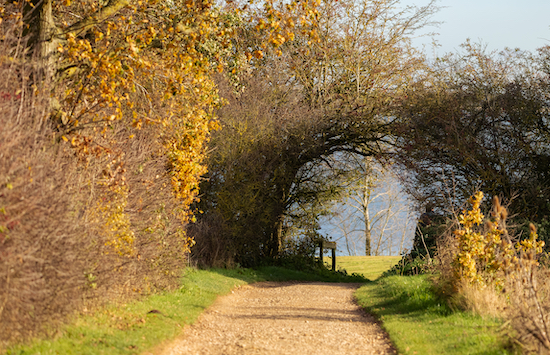 On the cycle track around Grafham Water
On the cycle track around Grafham WaterAfter wandering through the tunnel of trees, we come across the Littless Creek Nature Trail and find the Dragonfly Pond. This boasts a unique pond dipping platform, where young adventurers can get up close and personal with the fascinating world of aquatic life.
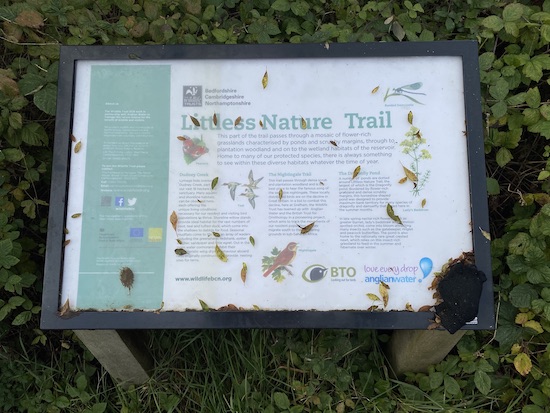 Information board for the Littless Nature Trail
Information board for the Littless Nature TrailOur route will then take us across a sun-drenched grassy ride, past the Wildlife Trust information barn, and into a lake teeming with life.
Keep your eyes peeled for a glimpse of the elusive Great Crested Grebe, a November regular at Littless Creek.
From the elevated vantage point of Littless Hide, the creek is dotted with Coot and other wildfowl.
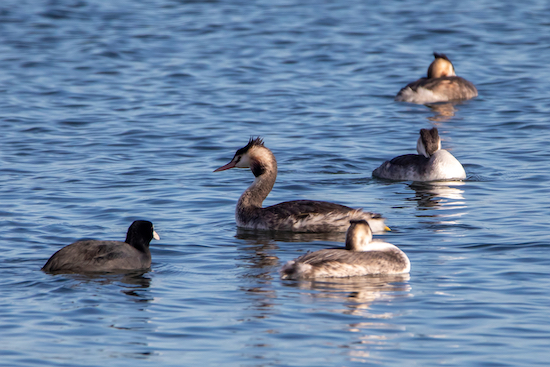 Great Crested Grebe and one of many Coot
Great Crested Grebe and one of many CootWhat if I told you there's still one more secret waiting to be uncovered on this 5-mile section?
As we reach this turning point, you have a choice: head back or take a detour to discover Lymage Hide.
Tucked away at the end of Dudney Creek, this spot is a favourite for Nightingales in the spring. Will you take the path less traveled and experience the magic of these elusive birds for yourself?
Grafham Water Dam
There are other starting places from which to explore Grafham Water.
As you set foot on the hard-surfaced path along Grafham Water Dam, you'll find nature left and right. While the dam wall on your right may obstruct the view for wheelchair users, the natural bank to your left is teeming with an array of fascinating birds and insects waiting to be spotted.
Let's start this adventure at the Marlow car park, where you'll find a Visitor Centre and convenient amenities.
If you're looking for an adrenaline rush, be sure to check out the new water sports area – but if relaxation is more your pace, join me on this all weather walk.
The Visitor information website provides details of parking charges and operating hours.
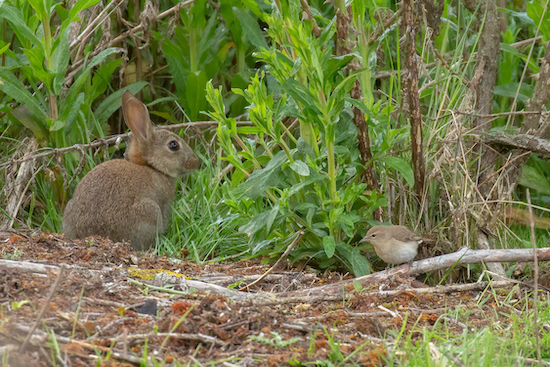 Garden Warbler with friend
Garden Warbler with friendAs you step onto the dam, what was once a neglected scrubland to your right has become a thriving hotspot for birdlife.
Can you spot the Goldfinch, Linnet, Garden Warbler, or Whitethroat flitting about among the thistles?
This unassuming spot is a photographer's dream, with the dam wall providing a makeshift tripod for steadying your camera.
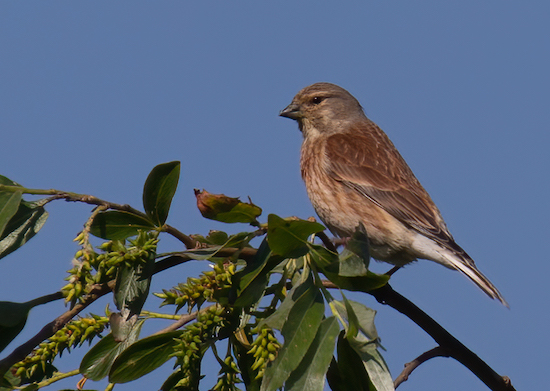 Male Linnet
Male LinnetWhat lies hidden in the lush, grassy bank to your left? Take a closer look, and you might just spot a Grey Wagtail's bright yellow belly or the forked tail of a Swallow swooping in to feast on the flying insects.
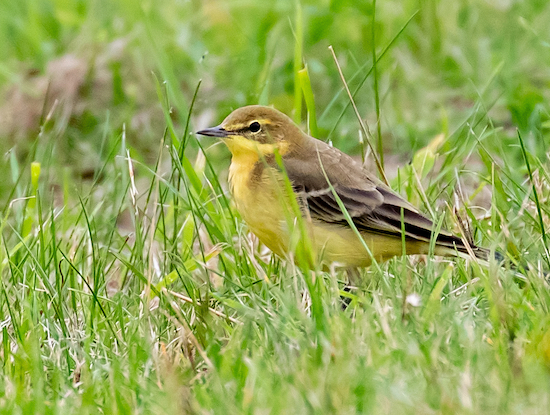
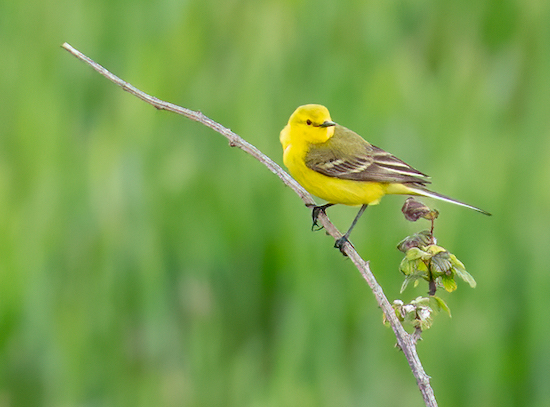 Yellow wagtails at Grafham dam
Yellow wagtails at Grafham damPeering over the dam wall there are a fascinating cast of characters vying for attention. Along with the ducks, gulls and swans, look out for
Ringed Plover, Redshank, and Linnet, alongside Pied Wagtail, Little Egret and in the colder months maybe even a juvenile Great Northern Diver.
And if you're lucky, you might just catch a glimpse of the elusive Channel Wagtail – a rare but welcome visitor to these shores.
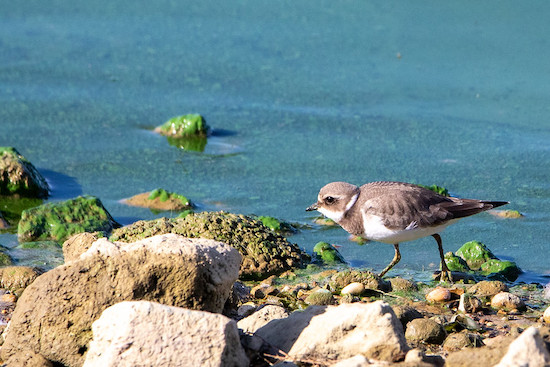 Ringed Plover on the dam
Ringed Plover on the dam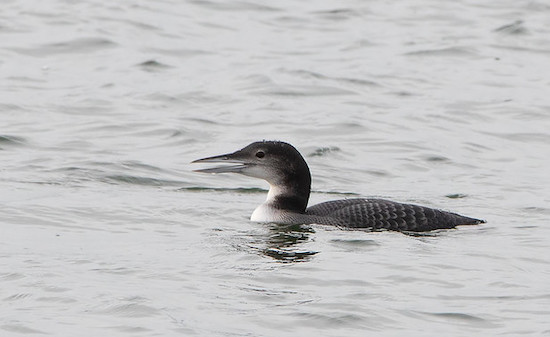 Great Northern Diver (juvenile)
Great Northern Diver (juvenile)Upon reaching the end of the dam we make our way back to our starting point by taking the footpath at the base of the grassy bank.
The fence posts and bushes along the bottom of the bank offer hiding spots for small birds. Even the recently installed solar panels in the field beyond attract birdlife. We have spotted, pied and yellow wagtails, yellowhammers, meadow pipits along with corvids such as magpies and crows perched atop them in the summer months.
Lagoon Hide
Tucked between the dam and the quaint village of Perry are the less visited lagoons, perhaps because of the walk involved in getting there.
From the Lagoon Hide you might spot the elegant Redshank, the nimble Green Sandpiper, or the elusive Snipe as they forage for food on the mudflats and islands.
The adjacent reed beds hold more surprises, providing a peaceful refuge for Reed and Cetti's warblers to build their nests alongside Reed Buntings and Whitethroats.
And if you time your visit just right, you might be rewarded with a rare sighting of the Bittern in winter or the beautiful Avocet in spring.
The north west corner
We've only scratched the surface of this reservoir on this page.
With two more hides to explore, overlooking the tranquil Savages Creek, we're sure you can't wait to uncover the secrets that lie within.
Will you join us on this adventure and discover the unspoiled beauty of Cambridgeshire for yourself?
Another reservoir in the region you might like to visit is Rutland Water.

About the Author
For me, it’s never been just about bird names or camera settings, but the thrill of seeing a distant speck turn into a hunting kestrel.
After years of learning how to notice and photograph those moments, my camera has become the tool - and this site the field notebook - where I share what I’ve discovered.
If you’re ready to look a little closer, you’ll find the trips, lessons, and small wins that can help you see and photograph the wildlife right on your doorstep.
Step Behind the Wild Lens
If you’ve enjoyed your time here, you can also follow along by email.
I send the Wild Lens newsletter occasionally. It’s where I share:
- Fresh field notes and recent encounters
- The stories behind favourite photos
- Practical tips that don’t always make it onto the site
You’ll get new UK wildlife guides, photo tips, and ideas for your next walk, straight to your inbox.
